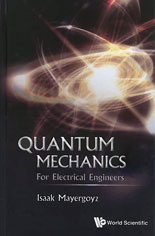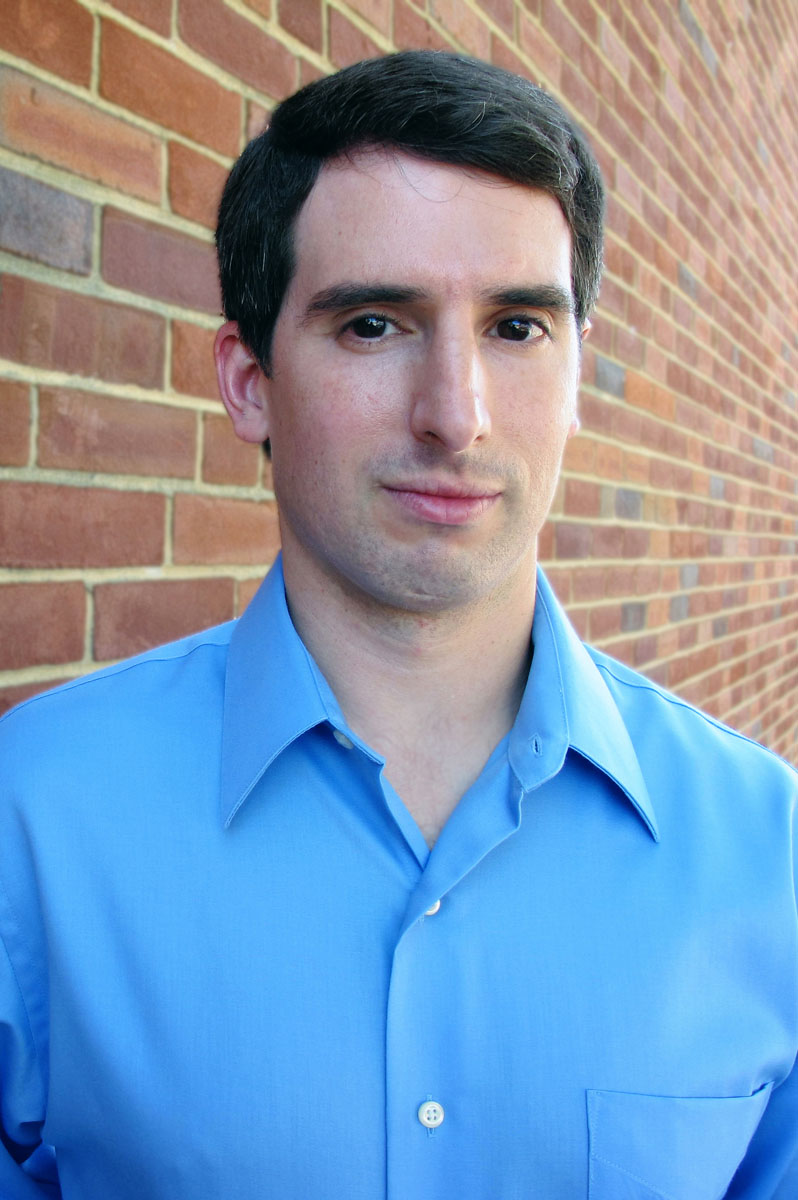News Story
UMD Prof T.M. Antonsen Jr. Recognized by IEEE for Contributions to Vacuum Electronics

Professor T.M. Antonsen, Jr.
University of Maryland Professor Thomas M. Antonsen Jr. (ECE, IREAP, Physics) was awarded the 2016 John R. Pierce Award for Excellence in Vacuum Electronics at the Plenary Session of the International Vacuum Electronics Conference on April 19, 2016 in Monterey, California. The citation reads: “for contributions to the theory of charged particle beam generation and the development of computational design tools for fast and slow wave devices.”
“Tom Antonsen is one of the leading plasma physics theoreticians in the world,” said Baruch Levush of the Electronics Science & Technology Division at the Naval Research Laboratory and 2007 Pierce awardee. “The U.S. vacuum electronics community is fortunate that Tom Antonsen applied his supreme ability of theoretical and numerical analysis towards modeling of vacuum electron devices, such as gyrotrons, klystrons and traveling wave tubes.”
Established in 2002, the Pierce Award is given annually by the IEEE Electron Devices Society (EDS) Technical Committee on Vacuum Devices and is widely recognized as the highest award in the field. The Technical Committee consists of leading experts from academia, national labs, and industry; the nomination process is vigorous and the awardee is selected by committee vote.
Vacuum electronics (that is vacuum tubes) predate transistors and were used in many early versions of the technologies we use every day, such as TV, radio and audio. Though solid-state electronics have replaced vacuum tubes in almost all applications, vacuum electronic devices are still state-of-the-art technology in satellite communications, radar and other applications that require high power, high efficiency, or high frequency.
Antonsen’s software is not just a legacy within the field of vacuum electronics, but also one within the family: MAGY and CHRISTINE were named for his two daughters. When originally naming the software Antonsen did not imagine the impact or extensive use his codes would have. Now he enjoys being reminded of his daughters each time one of the codes is mentioned in a talk or scientific publication.
“Tom Antonsen’s insights in to electromagnetic theory and plasma physics have gone beyond vacuum electronics into the field of quantum/wave chaos, where we work together on the statistical properties of complex electromagnetic structures. His mastery of several areas of theoretical physics is truly impressive,” said Professor Steve Anlage of the Physics Department at the University of Maryland who collaborates with Antonsen regularly.
Professor Antonsen’s contributions to the field of vacuum electronics have been numerous, but most notably include the development of the software programs MAGY, CHRISTINE 1D and 3D and TESLA, which simulate the performance of a vareity of microwave and millimeter wave sources. MAGY, TESLA and CHRISTINE are used widely by other researchers in the field and by US industry to design and optimize products. An example includes the final transmitter amplifier on NASA’s Lunar Reconnaissance Orbiter (LRO), which was designed using the CHRISTINE codes.
These codes have been cited hundreds of times in theoretical and experimental research. Committee member Dr. Richard True of L-3 Communications commented in his letter to Dr. Antonsen that his work “will leave behind a lasting legacy. Just one example of this is our extensive use of CHRISTINE 1D and 3D at L-3 EDD [Electron Devices Division] in the design of our tubes. This has become an indispensable tool.”
Antonsen’s software is not just a legacy within the field of vacuum electronics, but also one within the family: MAGY and CHRISTINE were named for his two daughters. When originally naming the software Antonsen did not imagine the impact or extensive use his codes would have. Now he enjoys being reminded of his daughters each time one of the codes is mentioned in a talk or scientific publication.
Published April 29, 2016

















